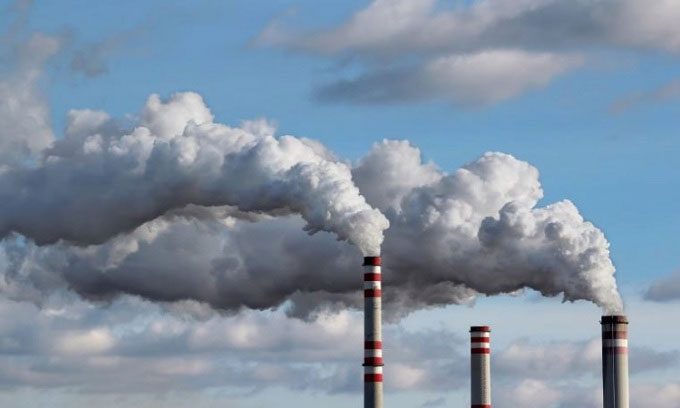Researchers from Tokyo Metropolitan University have developed a new compound that effectively removes carbon dioxide from the air with a 99% efficiency rate and at twice the speed of current systems.

New CO2 capture system with high air filtration efficiency at fast speeds. (Photo: Depositphotos)
Direct Air Capture (DAC) technology typically removes carbon dioxide by passing air or exhaust through a type of filter or catalyst, which may include magnetic sponges, zeolite foam, or materials made from clay or coffee grounds. Other methods involve bubbling air through a liquid to absorb CO2 or separating it into solid crystals or fragments, known as liquid-solid phase separation systems. The new compound belongs to the latter category.
While researching a series of liquid amine compounds, the research team discovered a compound named isophorone diamine (IPDA) that is particularly effective at capturing CO2 from the air at a density of 400 ppm, which is equivalent to the current atmospheric density. The process also occurs much faster than other carbon capture techniques, removing 201 millimoles of CO2 per hour. This speed is twice that of other laboratory DAC systems and significantly faster than artificial leaf devices.
The pollutant separates into solid carbamic acid in thin fragments, which can be relatively easily separated from the liquid. If necessary, the end product can be converted back into gaseous CO2 by heating to 60 degrees Celsius, simultaneously releasing the original IPDA liquid for reuse. Regardless of whether it is retained in solid or gaseous form, carbon can be stored or reused in industrial or chemical processes.
Currently, scientists are seeking to improve the system and explore the best ways to utilize carbon after it has been captured from the air. They published their research findings in the journal ACS Environmental Au on May 10th.


















































